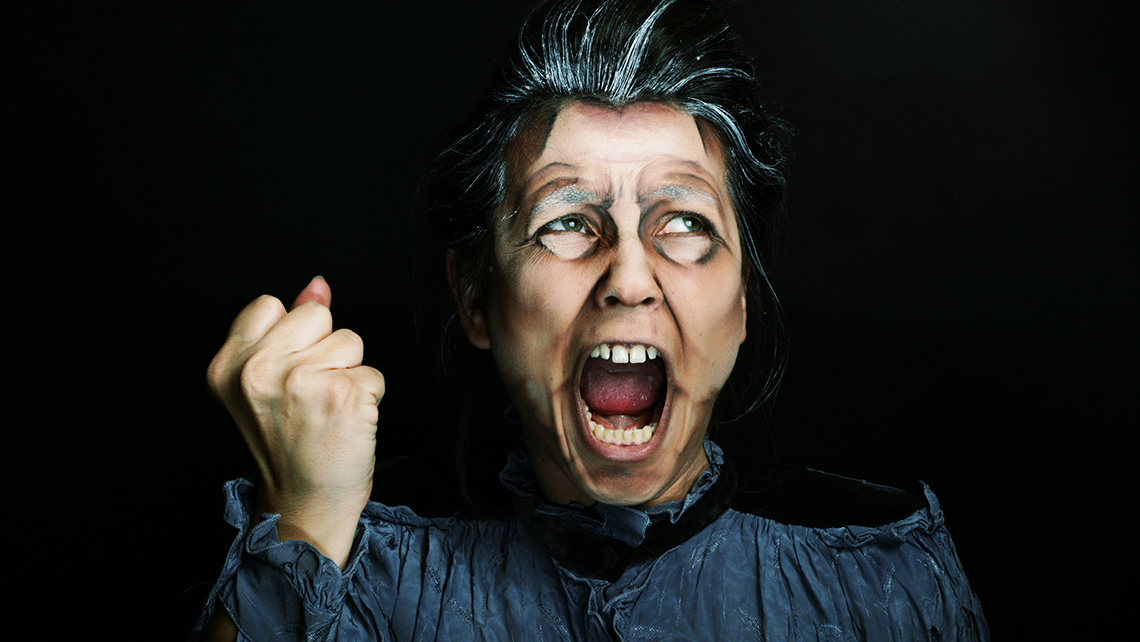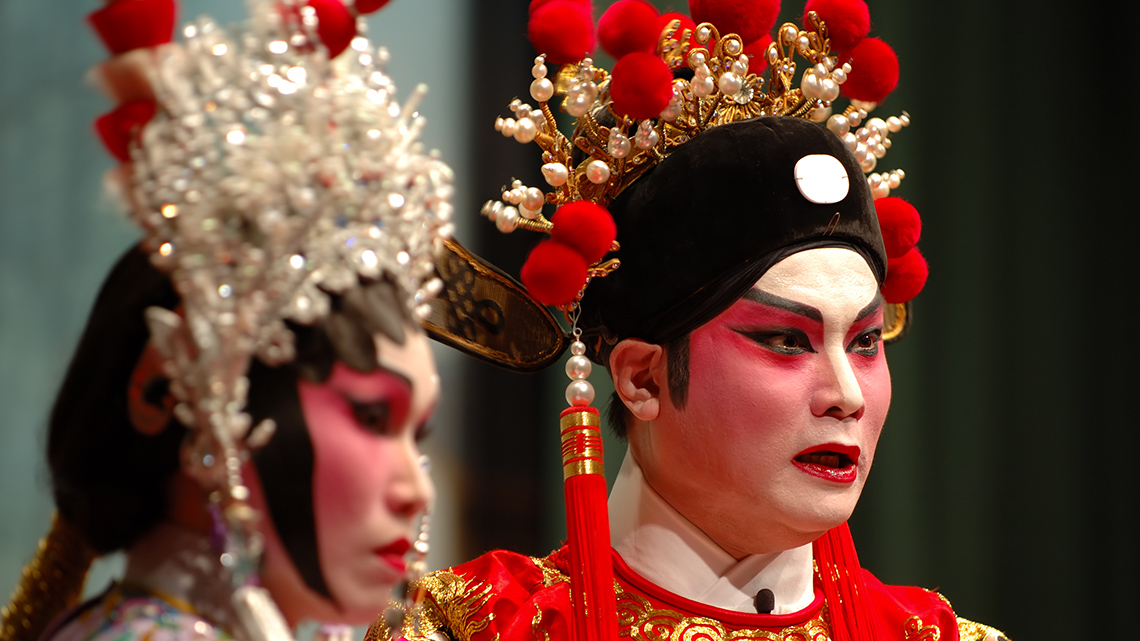Minds On
Warm up
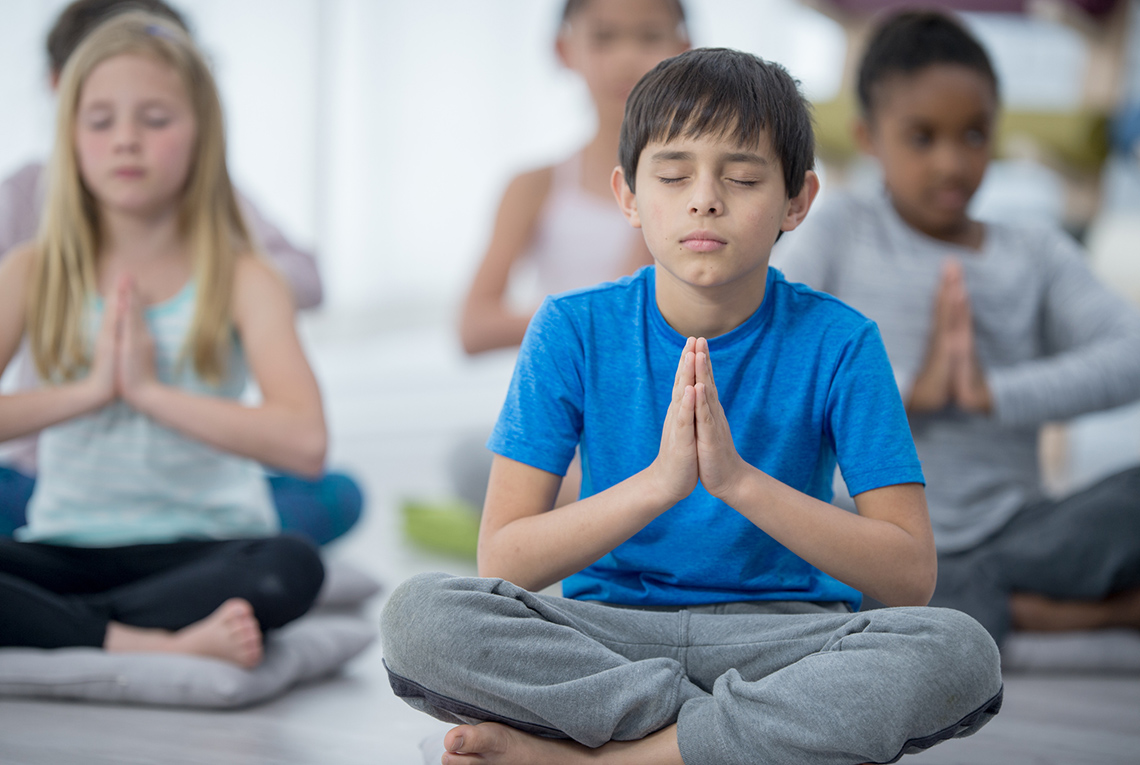
Don’t forget to do your safety check!
Warm Up
Breathing activity
Find a comfortable position. Focus your attention on one part of the body at a time.
How does that part of your body feel? If possible, take a deep breath and allow your lungs to expand.
Focus your attention on one part of your body. Allow that part to relax before moving on to the next. As you scan through your body, keep breathing deeply.
Once you have completed the scan, take a moment to stretch.
Explore this audio recording entitled “Breathing Activity” to learn more about completing this warm up exercise.
Breathing Activity
Drama game
In this activity, we are going to explore the five senses.
If possible, choose three of the senses below. Then, select one of the prompts from each sense and press the tab.
Touch
How would your body react if you touched sharp thumbtacks?
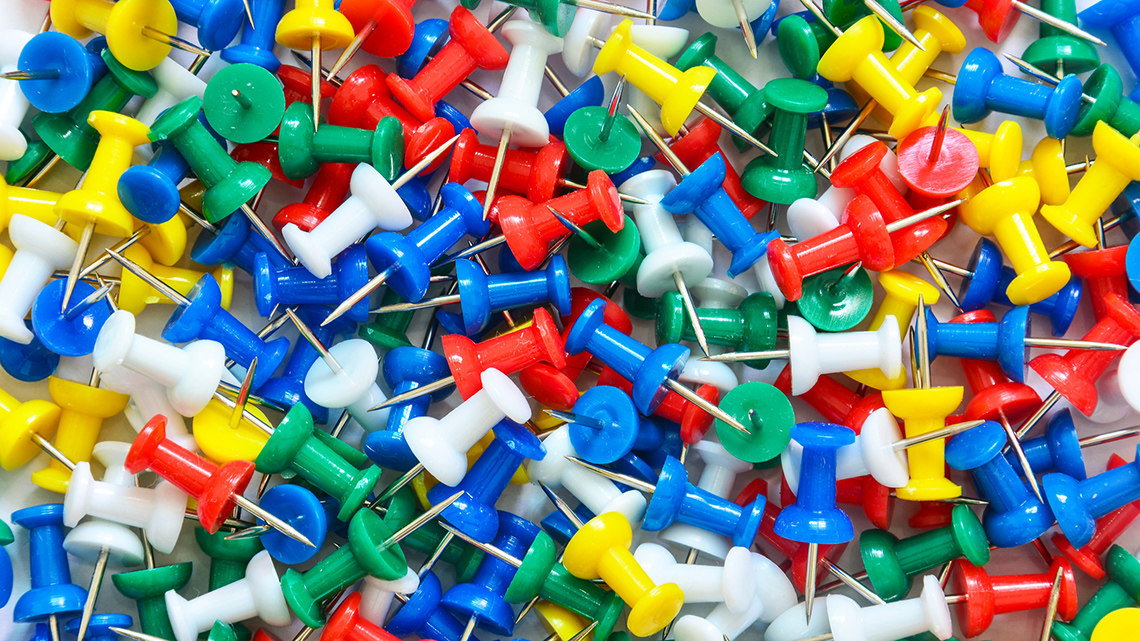
Thumbtacks
How would your body react if you touched icicles?

Icicles
How would your body react if you touched a cozy blanket?
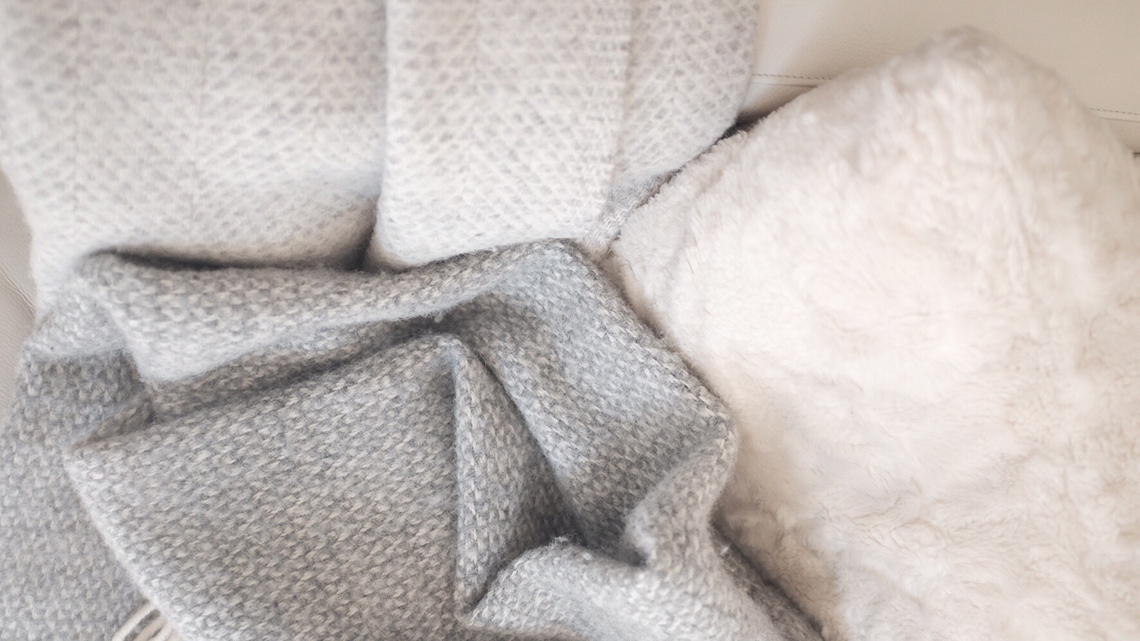
Cozy blankets
Taste
How would your body react if you tasted a sour lemon?

A sour lemon
How would your body react if you tasted a piece of candy?

Jelly beans
How would your body react if you tasted spinach?

Spinach
Hear
How would your body react if you heard a gentle breeze with birds chirping?
Access this audio clip for an example of these sounds.
Gentle breeze with chirping birds
How would your body react if you heard underwater sounds?
Explore this audio clip for an example of these sounds.
Underwater sounds
How would your body react if you heard a whistle?
Check out this audio clip for an example of this sound.
Sound of a whistle
See
How would your body react if you saw a giant?

A giant person
How would your body react if you saw an ant?

An ant
How would your body react if you saw a big, black spider?

A spider
Smell
How would your body react if you smelled freshly-baked bread?
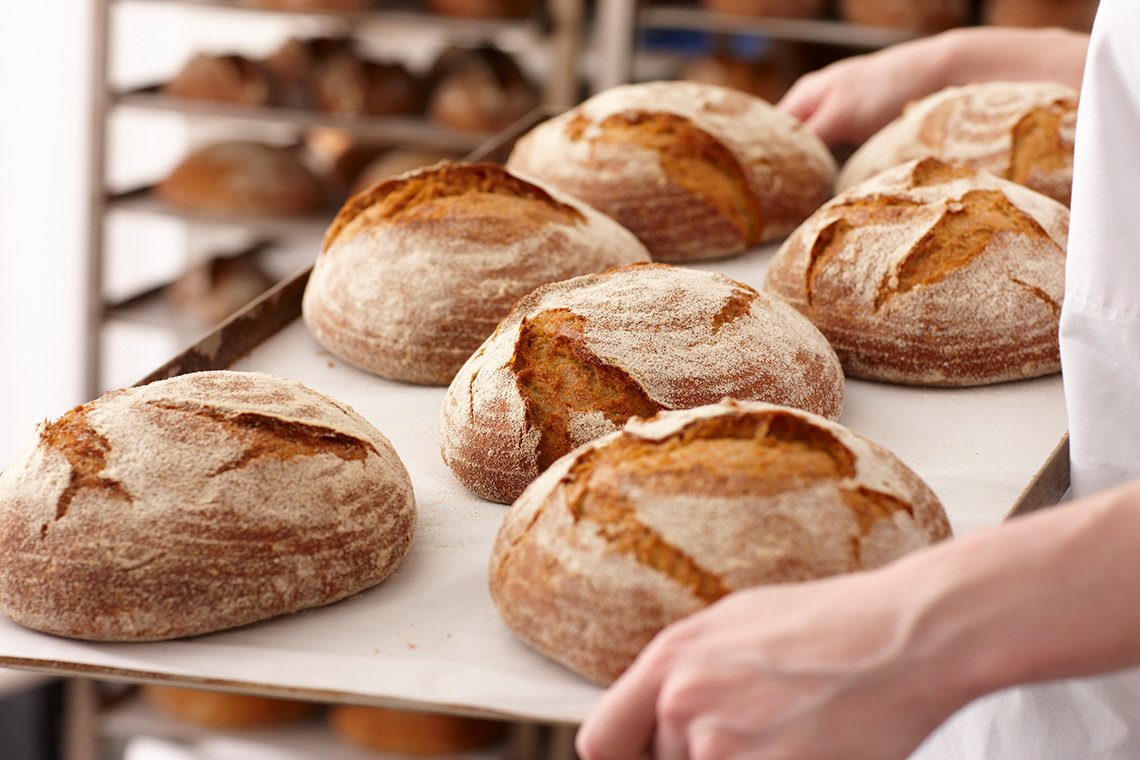
Bread loaves
How would your body react if you smelled a skunk?

A skunk
How would your body react if you smelled perfume?

Spraying perfume
Let’s get started
Explore the following images and descriptions of actors in various theatre productions.
What do you notice about each image?
What kind of story is being told through the character’s outfit and makeup?
Create a list of your observations and ideas about each character. Record your ideas in a notebook or another method of your choice.
Action
Get ready, get set…

What is stage makeup?
Stage makeup is any kind of makeup that is worn by an actor during a drama performance. Stage makeup is often very dramatic and exaggerated so that the whole audience can experience the expressions and features of the actor on stage. It’s more colourful as well.
Stage makeup is important because it helps the audience understand the characters on the stage. Along with things like wigs and costumes, makeup helps an actor get into character.
Prosthetics
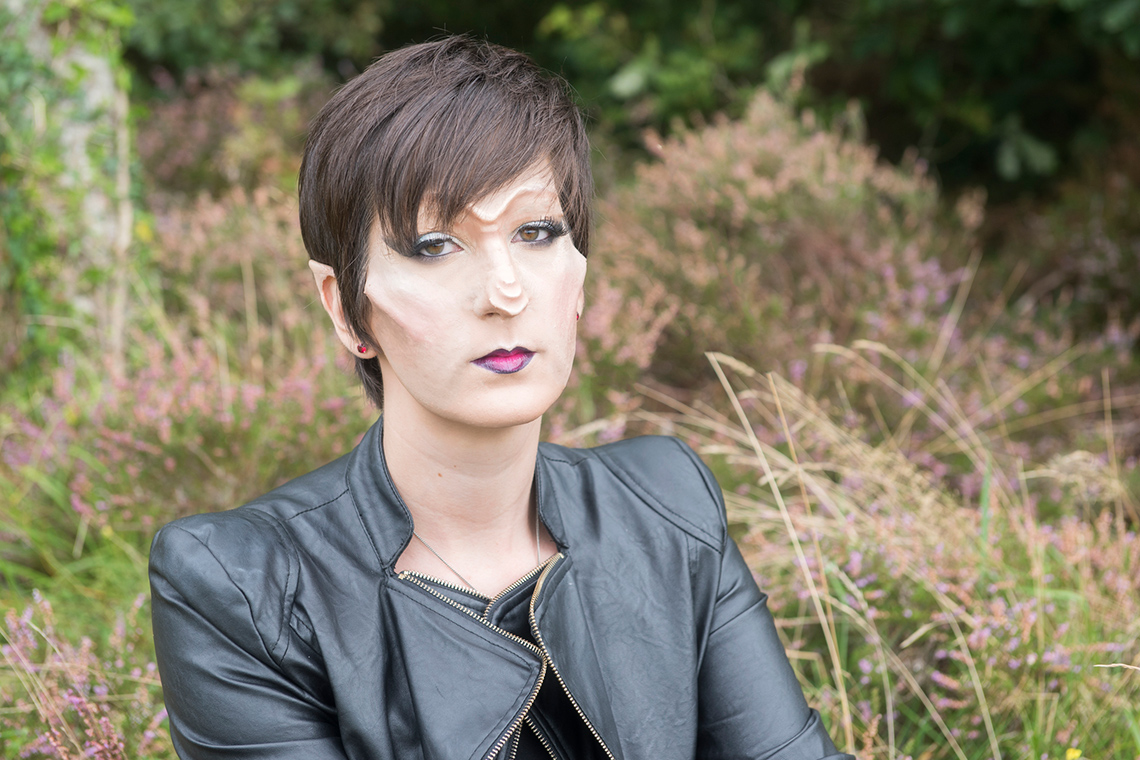
Prosthetics are things that can be added to a face to make it appear different. For example, if an actor was playing an elf character, they would add elf ears to help them get into character. You can also add prosthetics to your head.
Actors do this often when they need to take on the role of a character who is bald. They don’t want to shave their head, so they wear a bald cap instead.
Sitting in the prosthetics chair can help the actor get into character. The time it takes to apply prosthetics helps the actor get into the character’s mindset and explore their thoughts and feelings while the specialty makeup artist helps to transform their appearance.
Makeup artists
Explore the following video to learn more about stage makeup.
Brainstorm
Makeup in drama
Why is it important that theatre makeup artists are precise with what they do? Provide a few examples from the video.
How does makeup help to transform an actor into that character?
Record your thoughts in a notebook or another method of your choice. Share your ideas with a partner, if possible.
Lighting and makeup
When thinking about makeup, it’s also important to think about lighting. Lighting can affect how makeup is shown on stage. The makeup artist works with the lighting director to make sure that the audience can identify the expressions and features being highlighted with stage makeup.
Select the correct answer, then press “Check Answer” to see how you did.
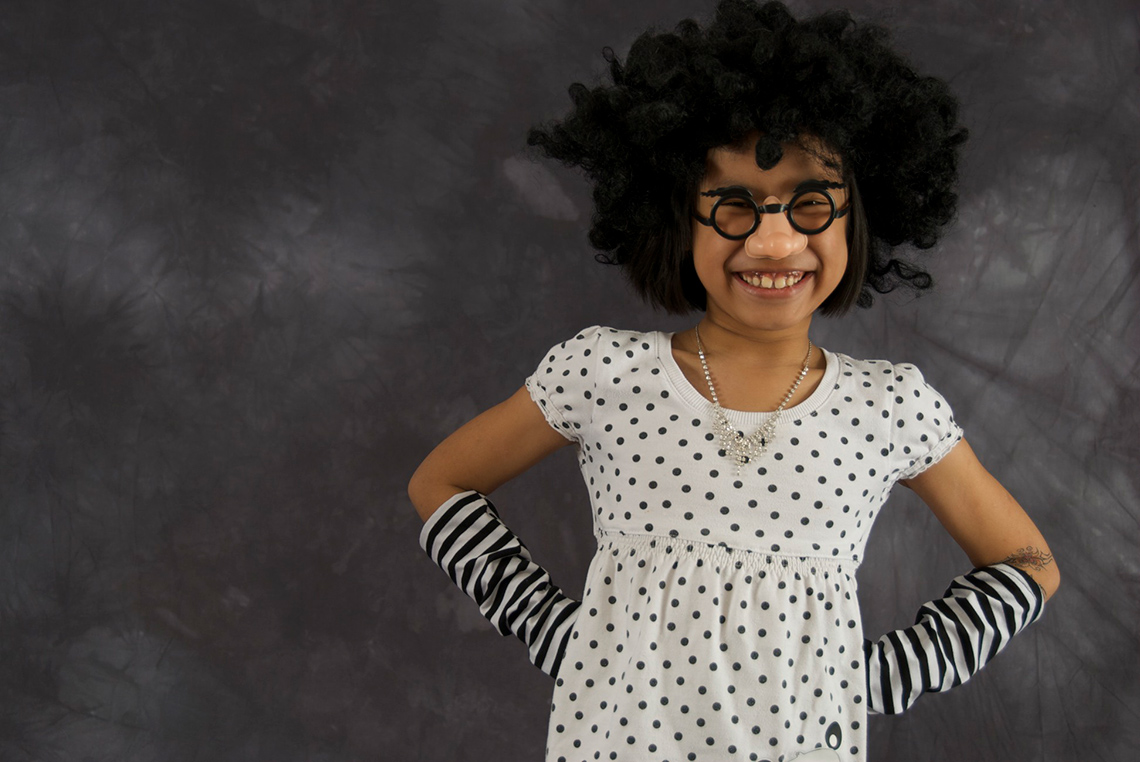
Wigs are used to help an actor portray their character. Many actors wear wigs not just to help with their character, but to hide their microphone packs, which are often somewhere on their head.
Wigs are helpful because then the actor has the same hair for every performance. The person who works on wigs is called the wig master.
What do you think a wig master must do first to start developing a wig for a character?
Press ‘Hint’ to access a possible first step that a wig master must take.
The wig master works with the costume designer to design all the hairstyles and wigs for the show. Actors’ heads are measured so the wig shop can make a wig that fits their head perfectly.
Go!
Explore this video to learn more about wigs in the theatre.
Brainstorm
Wigs and drama
Who does the wig master work with to understand the appearance of the character?
How do wigs help get an actor into character?
Record your thoughts in a notebook or another method of your choice. Share your ideas with a partner, if possible.
Select the correct answer, then press ‘Check Answer’ to see how you did.
Consolidation
Putting it all together

Imagine you are one of the following characters:
- a lion
- a clown
- a fairy
- a superhero
Choose either wigs or makeup and decide what you would use to make the audience believe that you are the character.
If you chose makeup, complete the Makeup Chart in your notebook or using the following fillable and printable document. If you would like, you can use speech-to-text or audio recording tools to record your thoughts. Consider adding your work to your drama portfolio.
|
Character: |
|---|
|
Type of makeup (simple, exaggerated, etc.): |
|
Style of makeup (prosthetics, aging, plain, etc.): |
|
Explain why your choices would help the audience believe you are that character: |
Press the ‘Activity’ button to access Makeup Chart.
If you chose wigs, complete the Wig Chart in your notebook or using the following fillable and printable document. If you would like, you can use speech-to-text or audio recording tools to record your thoughts. Consider adding your work to your drama portfolio.
|
Character: |
|---|
|
Style of wig (long, short, etc.): |
|
Colour of wig (pink, brown, etc.): |
|
Explain why your choices would help the audience believe you are that character: |
Press the ‘Activity’ button to access Wig Chart.
Portfolio
Review your learning
Reflect on the following questions and record your thoughts using a method of your choice. Consider adding your ideas to your drama portfolio.
- What kind of performance might not require wigs and/or stage makeup?
- How might you incorporate wigs and/or stage makeup in a future drama performance?
Reflection
As you read through these descriptions, which sentence best describes how you are feeling about your understanding of this learning activity? Press the button that is beside this sentence.
I feel…
Now, record your ideas using a voice recorder, speech-to-text, or writing tool.
